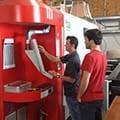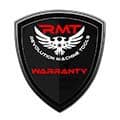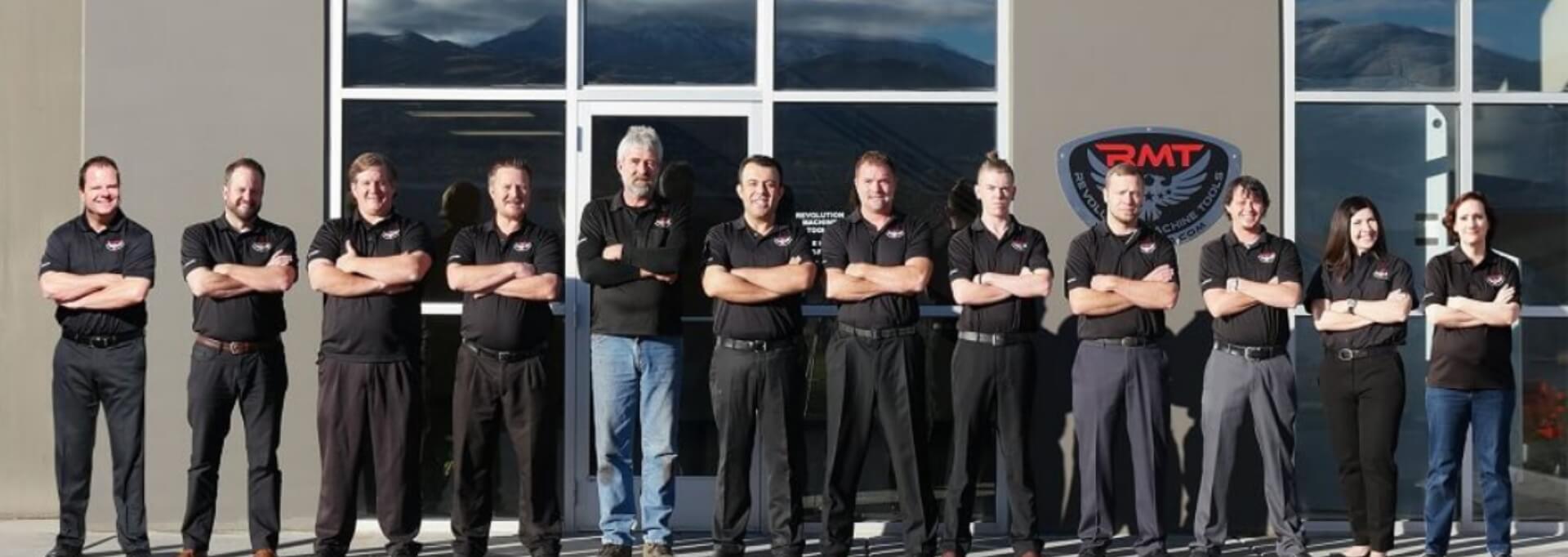A World of Precision Cutting
The introduction of fiber lasers into the world of metal fabrication brought a level of speed and accuracy to sheet and tube metal cutting that couldn’t be imagined a mere decade or two before. They are versatile enough to work with a wide range of materials and metals and can cut or engrave the most intricate of designs in seconds.
However, all that power and precision also brings significant risks to operator and bystander wellbeing. Owners and operators of fiber laser cutting machines, therefore, have specific safety procedures that they need to follow and enforce to mitigate those inherent hazards.
Steps to Safer Fiber Laser Cutting
Perils to human safety in fiber laser cutting can come in a variety of ways: the beam itself, sparks that are thrown off, other potential fire hazards, the sharpness of the cut metal, and dangerous fumes. While common sense should be enough to keep an operator of such a high-tech piece of equipment safe, no shop should forego implementing proper safety training to make sure such hazards are kept to a minimum.
Key safety precautions include:
- Personal Protective Equipment (PPE). The first line of defense against potential problems is wearing appropriate PPE. Operators should wear safety glasses with a shade rating suitable for the laser’s wavelength to shield their eyes from intense radiation. Safety glasses should be stored in a protective case when not in use to prevent scratches, contaminants, or other damage that could compromise their effectiveness. Additionally, wearing gloves and long sleeves made from non-flammable materials can protect against sparks and hot metal particles.
- Ventilation and Fume Extraction. Fiber laser cutting generates smoke, which is never healthy, but also fumes that consist of metal vapor and metal oxide, not to mention possible heavy metal compounds, depending on the composition of the workpiece, all of which pose health risks if inhaled. Proper ventilation and fume extraction systems should be in place to remove these pollutants from the cutting area. This not only ensures the safety of the operator but also maintains a clean working environment.
- Machine Enclosure. Fiber laser cutting machines should be enclosed to prevent accidental exposure to the laser beam. The enclosure should be made from materials that can withstand the intense heat generated during the cutting process. Interlocks and safety sensors should be installed to automatically shut off the laser if the enclosure is opened during operation.
- Training and Certification. Operators should receive thorough training on the safe operation of fiber laser cutting machines before using them. This training should cover proper machine setup, operation procedures, emergency protocols, and maintenance requirements. Certification programs can help ensure that operators have the necessary knowledge and skills to operate the equipment safely.
- Fire Prevention. The high temperatures involved in laser cutting can pose a fire risk, especially when working with flammable materials or in environments with combustible debris. Any oils, grease, flammables, or combustibles should be kept at a safe distance of at least 35 feet from the fiber laser. Implementing fire prevention measures such as keeping the work area clean and free of clutter, installing readily accessible fire extinguishers rated for metal fires, and having emergency response protocols in place can lessen the threat of fire.
- Material Handling. Proper handling of metal sheets and workpieces is essential to prevent accidents and injuries. Sharp edges and corners should be handled with care to avoid cuts and lacerations. Using lifting equipment such as cranes or hoists can help safely maneuver heavy or awkwardly shaped materials.
- Maintenance and Inspection. Regular maintenance and inspection of fiber laser cutting machines is critical to ensuring their safe and efficient operation. This includes checking for signs of wear and damage, inspecting electrical components for loose connections or overheating, and keeping the machine clean and free of debris. Any issues or abnormalities should be addressed promptly to prevent accidents or equipment failure.
- Emergency Procedures. Despite taking all necessary precautions, emergencies can still occur. It is essential to have clear emergency procedures in place, including how to shut down the laser quickly in the event of a problem, how to evacuate the area safely in case of a fire, and who to contact for assistance. Regular drills and training can help ensure that all personnel are prepared to respond effectively in an emergency.
Additional safety measures at the time of installation should include ensuring that the electrical supply—including breakers—are sufficient for the demands of the laser, putting up proper signage to warn workers and others of inherent dangers, and verifying that the machine and its operation comply with local regulations.
Safety should always be a top priority when working with powerful industrial equipment like fiber lasers. By implementing these safety measures, owners and operators can minimize the immediate risks associated with fiber laser metal cutting, while providing for the long-term health of the workforce and the business.







